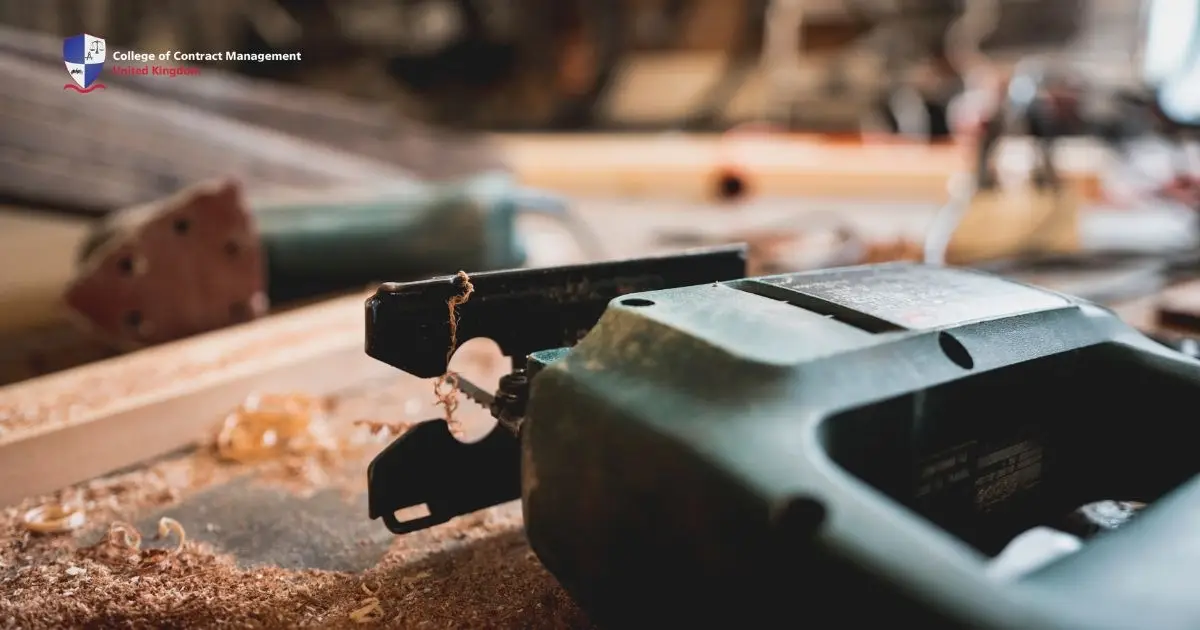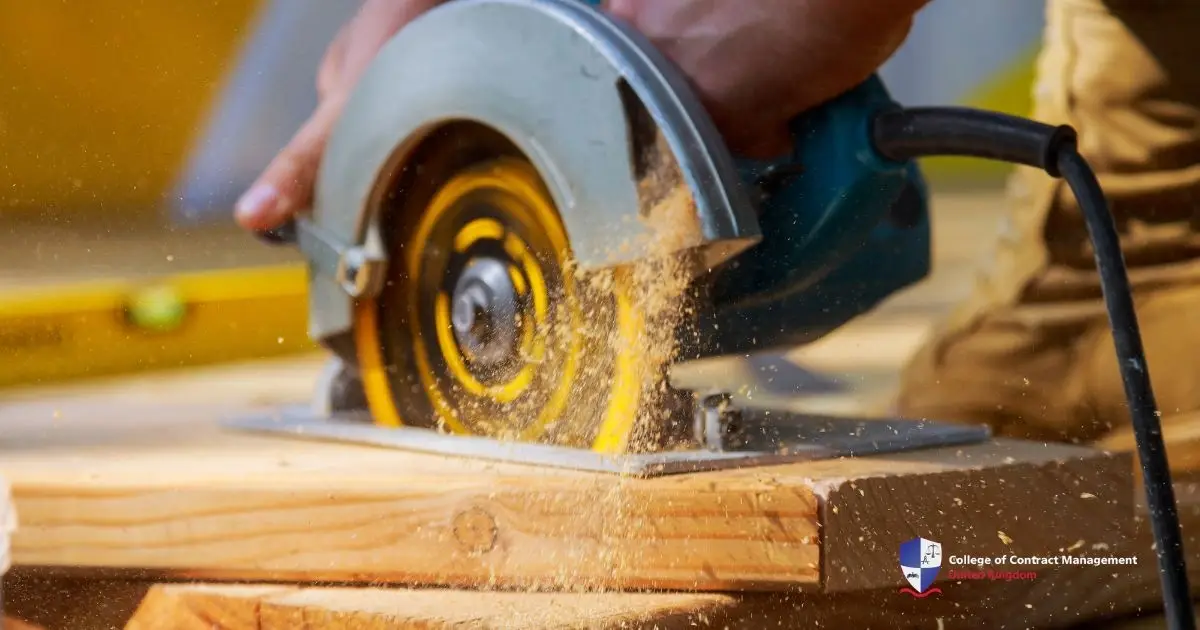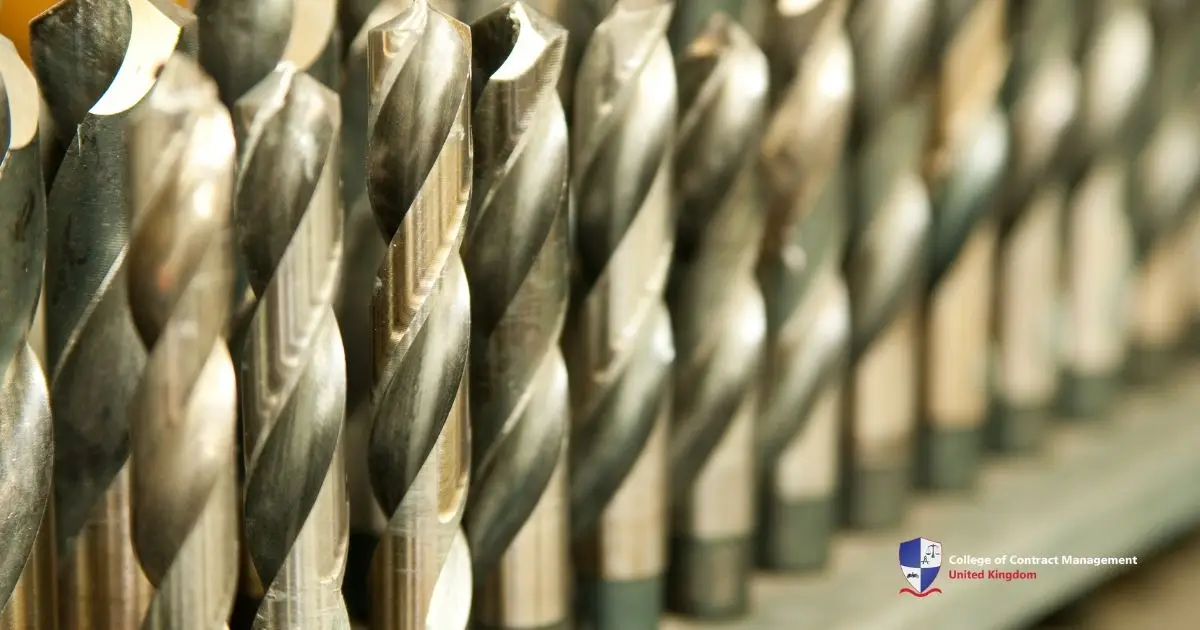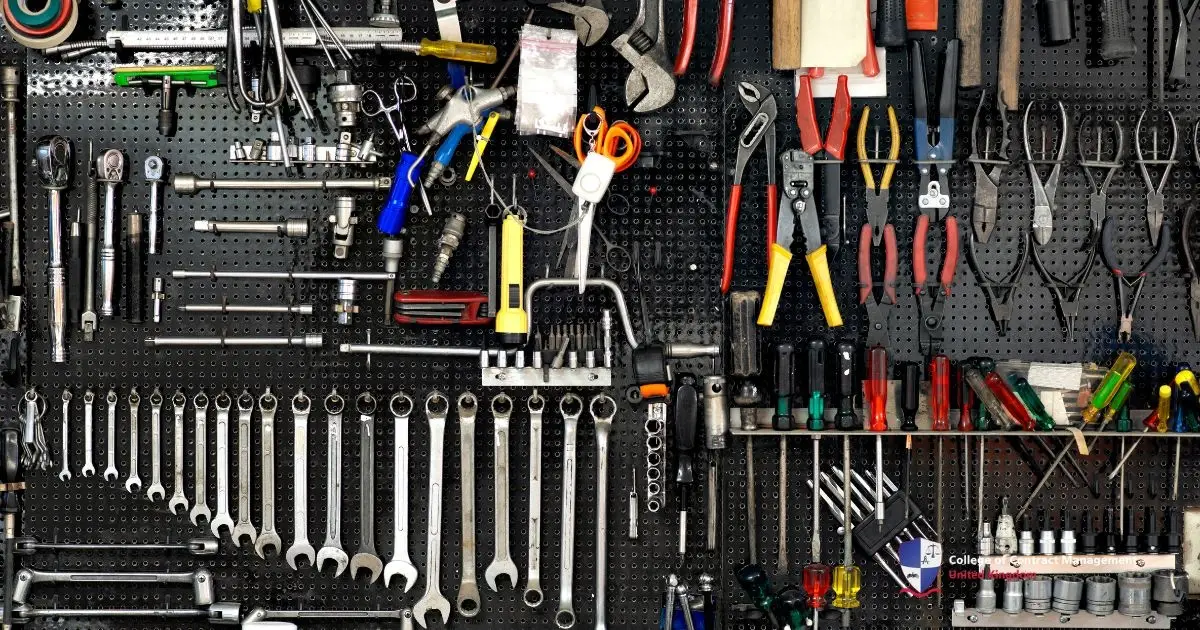If you need one power saw in your toolbox, a jigsaw tool is the best type to have. As a power tool goes, it is one of the things you use the most besides your drill/driver. From cutting wooden boards in a line to even creating hard patterns in sheet metal, it is versatile equipment for sawing anything. A good jigsaw will be able to handle whatever you throw at it. However, you might be confused about how to use it and even what it is. Don't worry, this article is going to explain everything to you.
This is your in-depth guide on everything you need to know about the Jigsaw tool. No matter if you just want to brush up on the basics or are looking for a detailed guide, this is for you. We’ve taken all the most useful information on jigsaw uses, features and benefits and brought it here into one place.
What is Jigsaw tool?
A jigsaw tool is a saw that can be used to cut irregular curves in wood, metal and other materials. The blade of the saw cuts in a “push and pull” motion. This can otherwise be known as a “reciprocating” blade. This motion makes the saw easier to control, therefore allowing a more precise and controlled cut. Furthermore, this type of saw is perfect for detailed work, thanks to its power that can be used in more heavy-duty cutting.
A jigsaw tool has several blade types that you can choose from to suit your type of work. Starting from T-shank and U-shank styles, this is to ensure that you have the versatility to cut different materials and profiles. With that in mind, having adjustable speed settings enables you to have the correct speed for materials.
Additionally, this tool proves indispensable because its bevel-cutting capabilities enable precise angled cuts up to 45 degrees. With many tools now in the market offering even more features like ergonomic handles and variable power triggers. All of this makes it a more and more must-have tool in your toolbox. Now, we are going to detail how to use these tools safely and efficiently.
Safety precautions
Before starting to use a jigsaw tool, there are a lot of precautions that you need to remember to take to ensure that you are operating it safely. Preparing the area and wearing suitable protection equipment is key to ensuring your safety. Specifically, when using a jigsaw, wear closed-toe footwear, long pants, a long-sleeve shirt, safety glasses, gloves, a mask, and ear protection.
Ensure that you are working in a well-ventilated area when using a jigsaw tool. All of this is due to the sawing will create a lot of sawdust and debris. Working in an open or well-ventilated space prevents sawdust from becoming a hazard. Similarly, an open area reduces the risk of hearing damage because the sound can escape instead of bouncing around an enclosed space, like a small shed.
When working with a jigsaw tool, never force the blade through the material. Allow the saw to work through the material at its speed. If you force the blade through it, it can break the material or make the blade stuck. Or worse, it makes the blade snap and fly towards you. Now, let us go through the process of how to use the jigsaw itself.
Setting up the Jigsaw
When you have decided on a task or project that you want to do, the first step is to select a blade for your jigsaw tool. If you're cutting through wood, choose a wood-cutting jigsaw blade. If you're working with metal, opt for a metal-cutting jigsaw blade. You can also find masonry blades to handle tiles, plastic blades for PVC or ABS, plexiglass blades, and general-use jigsaw blades. Select the right blade based on your current project.
To start, make sure the jigsaw tool is not powered whether it's unplugged or the battery is removed before changing or attaching the blade. Next, the teeth on the blade should face forward. Older jigsaws may have a bolt that needs to be loosened up before a blade can be changed. However, newer models typically have a simple lever to release the blade clamp.
Preparing the material
The target material you’ll be cutting with the jigsaw tool needs to be securely clamped to a workbench, table or any flat surface. You can use a pencil to mark the line that you want to cut on the material surface. Keep in mind that the jigsaw blade will protrude through the bottom of the material, so ensure that you have clearance for that.
Consider putting up the material with a portion over the edge of the workbench that allows the blade of the jigsaw tool to move up and down without any issue. If you are working with a large sheet of wood, metal, or plastic, it might be better to set up two tables or small workbenches. As a result, you can freely cut through the centre without worrying about the blade hitting a clamp or the table.
Aligning the jigsaw tool and cutting the material
When everything is set up, you can plug in or attach the battery to the jigsaw tool. Line up the jigsaw with the line that you have made. Put the plate flat against the material, making sure the blade is not touching before you start. If it's already touching, the saw can hit the material rather than cutting it. This is due to it not being properly up to speed yet. This impact can result in the jigsaw jumping against the material, causing accidental damage, or simply jumping out of your hand, which puts you and anyone nearby at risk.
When the jigsaw tool blade is up to speed, you can slowly move the jigsaw forward, allowing the blade to cut through the material. Apply even pressure to the back of the jigsaw to move it through the material. Once again, don't try to force it when you hit a block. Keep the blade moving as you cut. If the blade jams in a tight curve or wedges while you cut a unique shape, release the trigger and pull the blade out. Resume cutting by realigning the blade, squeezing the trigger, and following the cut you made until the blade reaches the uncut portion of the material.
Make additional cuts as needed.
After cutting through the material, you can line up the jigsaw blade from your jigsaw tool with a new line to make more cuts. For example, if you are having difficulty with curves, try cutting straight relief lines from the edge of the material to your cut. This makes the material fall off into smaller pieces. Keep in mind that relief lines should only be cut through the portion of the material that you are not using for your project.
To be able to cut out the middle of your material without cutting in from the edge. Use a drill to create a starting point. Drill a hole through the material, insert the jigsaw blade into the hole, squeeze the trigger, and cut from the centre toward the outline of the area you want to cut. Saw along the entire outline, then pop out the piece of wood, metal, or plastic.
Finishing
When you are done cutting, turn off the jigsaw and unplug it from the power outlet or remove the battery. Wait a few minutes for the jigsaw blade to cool down before removing the blade from the jigsaw. After that, wipe the blade to remove any debris and store it safely in your jigsaw toolbox or workbench.
Clean the jigsaw and put it away until you need to use it again. To ensure that there are no other dangerous materials in the work area try to look around the area to see if there are any sharp objects. Finally, make sure to sweep and vacuum the work area to clean up any sawdust, scraps, or debris.
Conclusion
A jigsaw tool is a must-have tool for precise, versatile cuts in wood, metal, and more. When using this, prioritise safety with protective gear, proper setup, and the right blade. Mastery of speed control, steady guidance, and strategic relief cuts ensures clean results. With practice and care, your jigsaw becomes a trusted ally for tackling diverse projects confidently.
The College of Contract Management offers top-notch courses to enhance your skills and knowledge. Whether you're learning about plumbing or pursuing advanced construction techniques, we design our programmes to help you succeed. Start your journey today and take your career to new heights.





